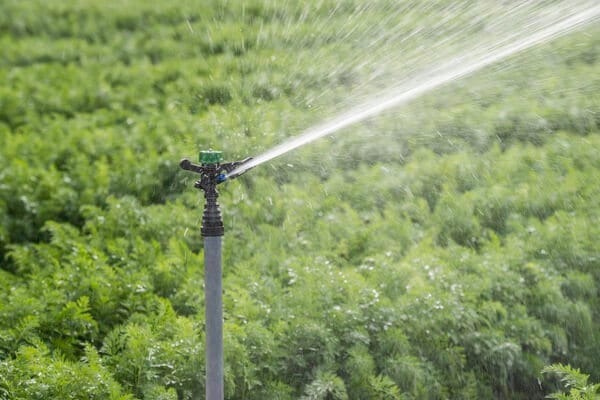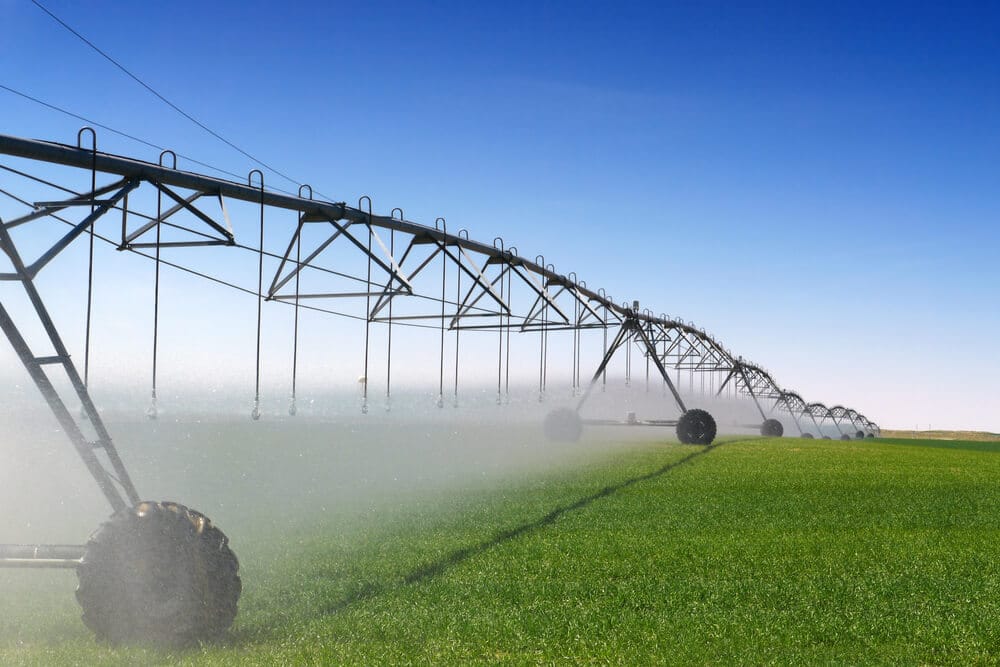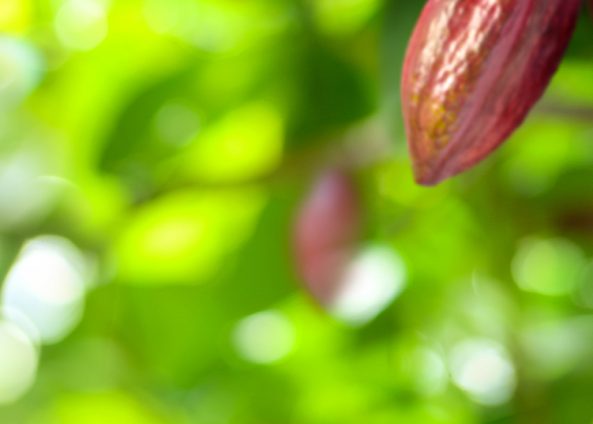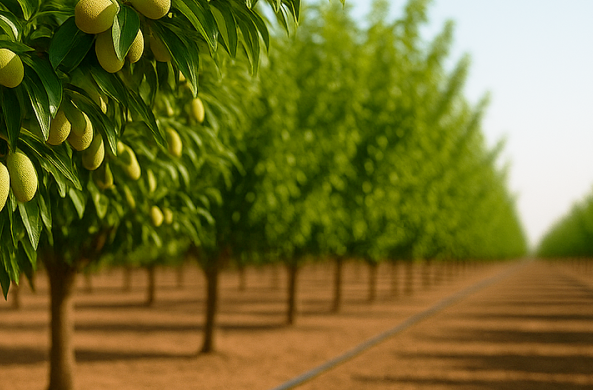
Irrigation – Learning from the past, and writing the future with Rivulis
By Romeo Dragan – Product Manager Rivulis Irrigation
The primary purpose of irrigation, to apply water to plants to enable growth, remains the same; however, the methods in which to apply this water, and their associated efficiency and effectiveness have seen major advancements recently.
The beginning – surface (flood) irrigation
Flooding fields close to river basins has been practiced for at least the last millennia and it had a major impact on farmers’ crop production capabilities. While it has served as a good starting point in the field of irrigation, it is highly inefficient and leads to poor crop uniformity. In fact, the Food and Agricultural Organization of the United Nations (FAO) publishes that flood irrigation delivers only 60% water use efficiency. When we consider a growing population and limited water resources, flood irrigation is not a long term solution for the future of agriculture.
The initial application for sprinklers was for fire safety applications which were followed by the development of lawn sprinklers in the late 19th century. The sprinkler soon started to gain popularity as it enabled the possibility to spray relatively small particles of water over a specified diameter. Especially for agriculture, it is important to note that the sprinkler system was of a fixed nature, and it had to be moved to different locations in order to irrigate large fields. The technology of this irrigation method has improved and is used today as a method to irrigate and also to provide frost protection. Modern impact sprinklers such as the S5000 deliver wide wetting patterns and high uniformity.
1940 – Center pivot irrigation
The next step in improving water application over a large surface was to develop a mobile sprinkler irrigation system. This has been realized by the invention of center pivots that use a metal manifold which supplies water along the pipe’s length to hanging sprinklers. . While pivot irrigation is more efficient then flood irrigation, sprinkler irrigation still only has a water use efficiency of 75% according to FAO.
Present and future – Drip irrigation
Drip irrigation represents the latest development and most advanced method of irrigation and water management in agriculture. It consists of a network of piping aimed at evenly distributing water and soluble fertilizer to crops. The game changer that drip brought is unparalleled water use efficiency of 90% (FAO), coupled with the ability to distribute water and fertilizer with high uniformity. Rivulis makes drip irrigation and micro irrigation accessible to growers around the world and is responsible for some of the most significant advancements of drip irrigation technology including:
- Hydro PCND in 1998 – the world’s first no drain drip line that integrates a mini check valve inside the molded dripper. This enables the drip line to remain filled with water even after system shut-off, enabling frequent and short irrigation cycles including pulse irrigation.
- T-Tape drip tape with slit outlet in 1979 – first drip tape with an integrated emitter having an unique reinforced design in which the tape is folded and welded over itself, in turn creating a strong seam along the entire length of the tape. Today’s T-Tape features a knife cut slit outlet that protects the emitter from ingesting soil particles. By not having a molded emitter, T-Tape is able to deliver greater system efficiency and uniform yields by providing closer dripper spacing at no extra cost.
- D5000 PC was developed in 2011 and set a new standard in dripline technology when it was launched. The outstanding performance and resistance to clogging is achieved by a unique multi-zone inlet area (3 inlet filter zones), extra wide flow labyrinth, full size diaphragm, and a full-size outlet pool that are stacked on top of each other.
Conclusion
Human civilization has always been dependent on water. For more than 54 years, innovative companies like Rivulis are developing new water saving technologies and, in this way, enabling sustainable water usage for a growing population.











